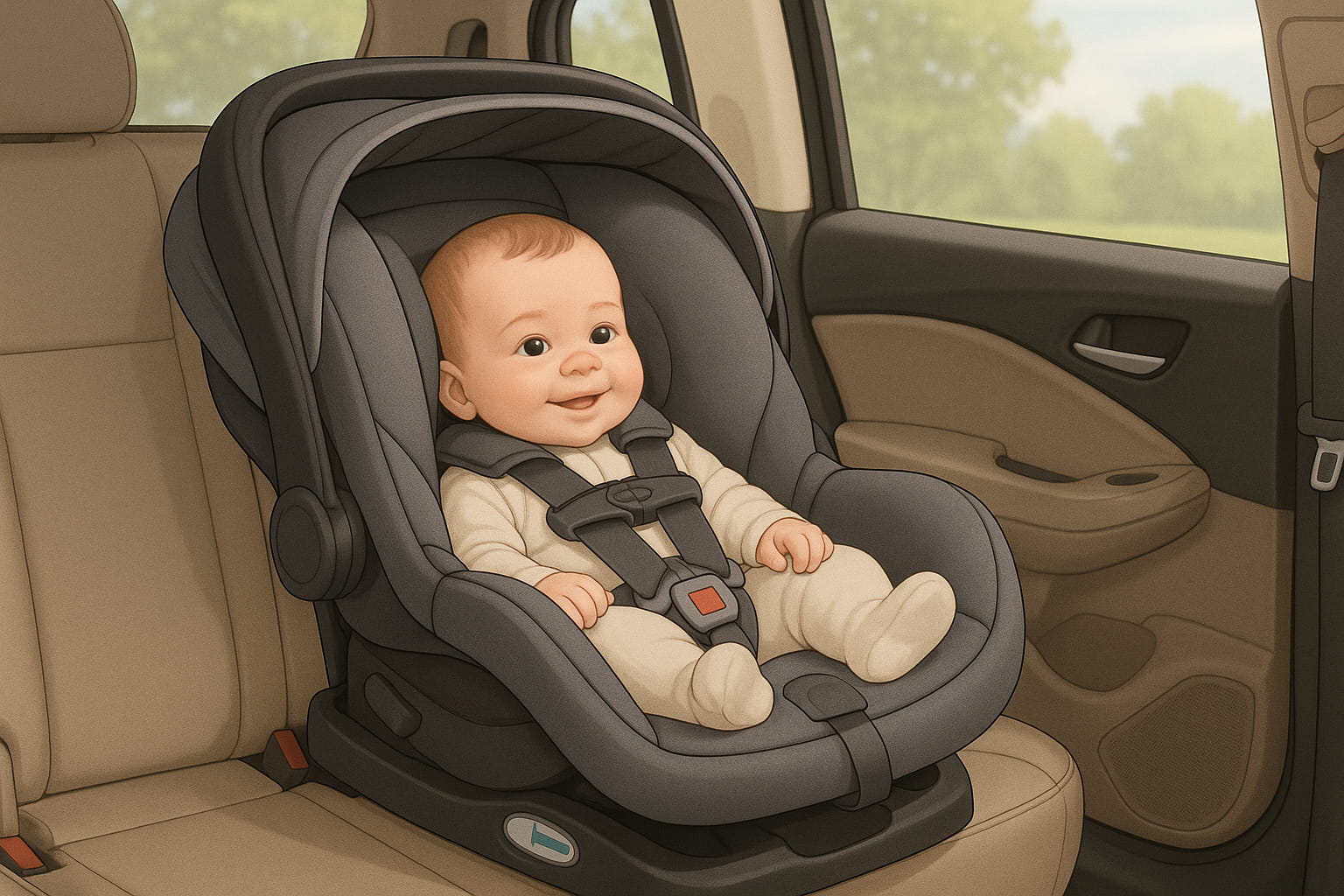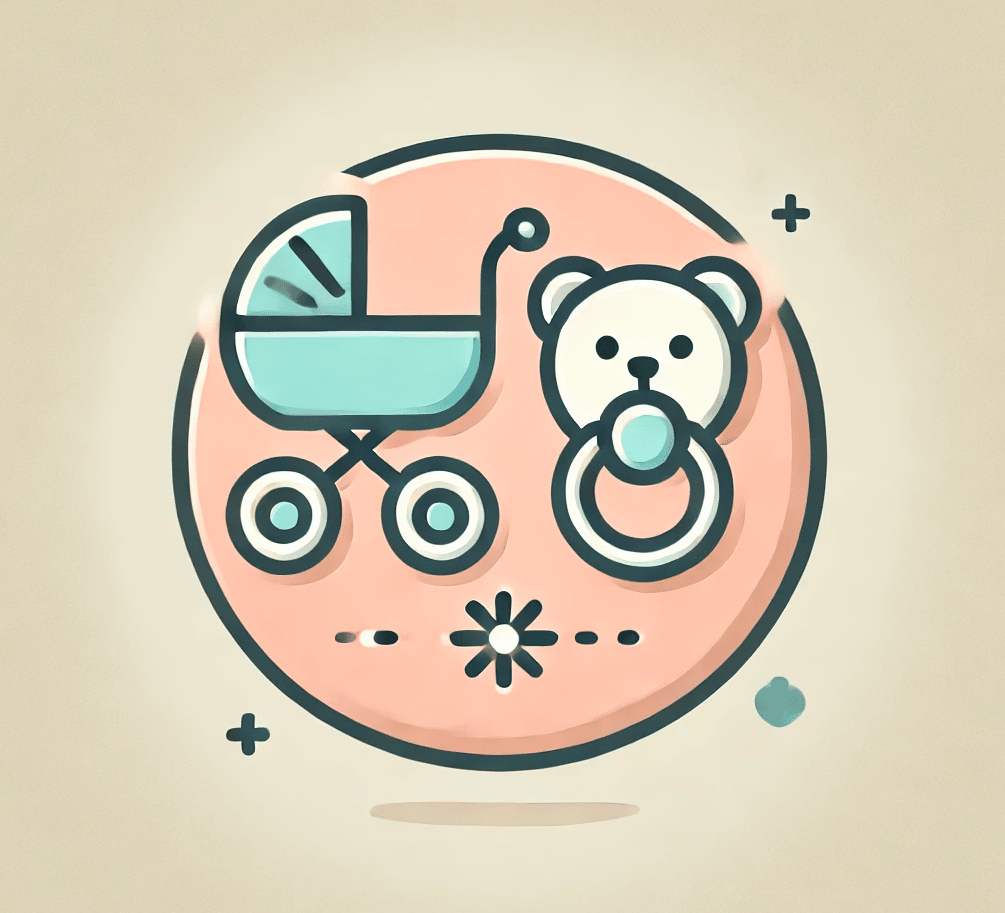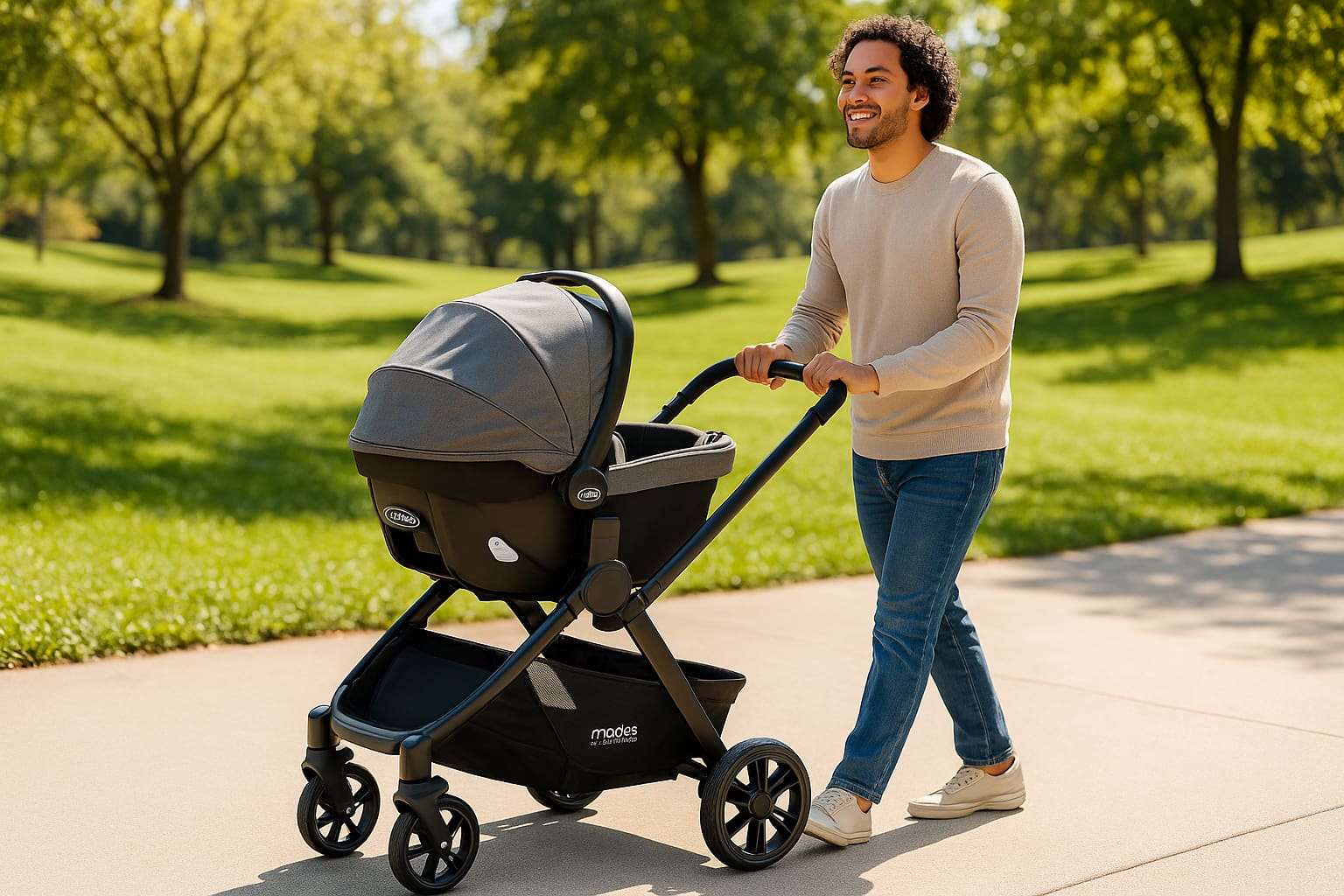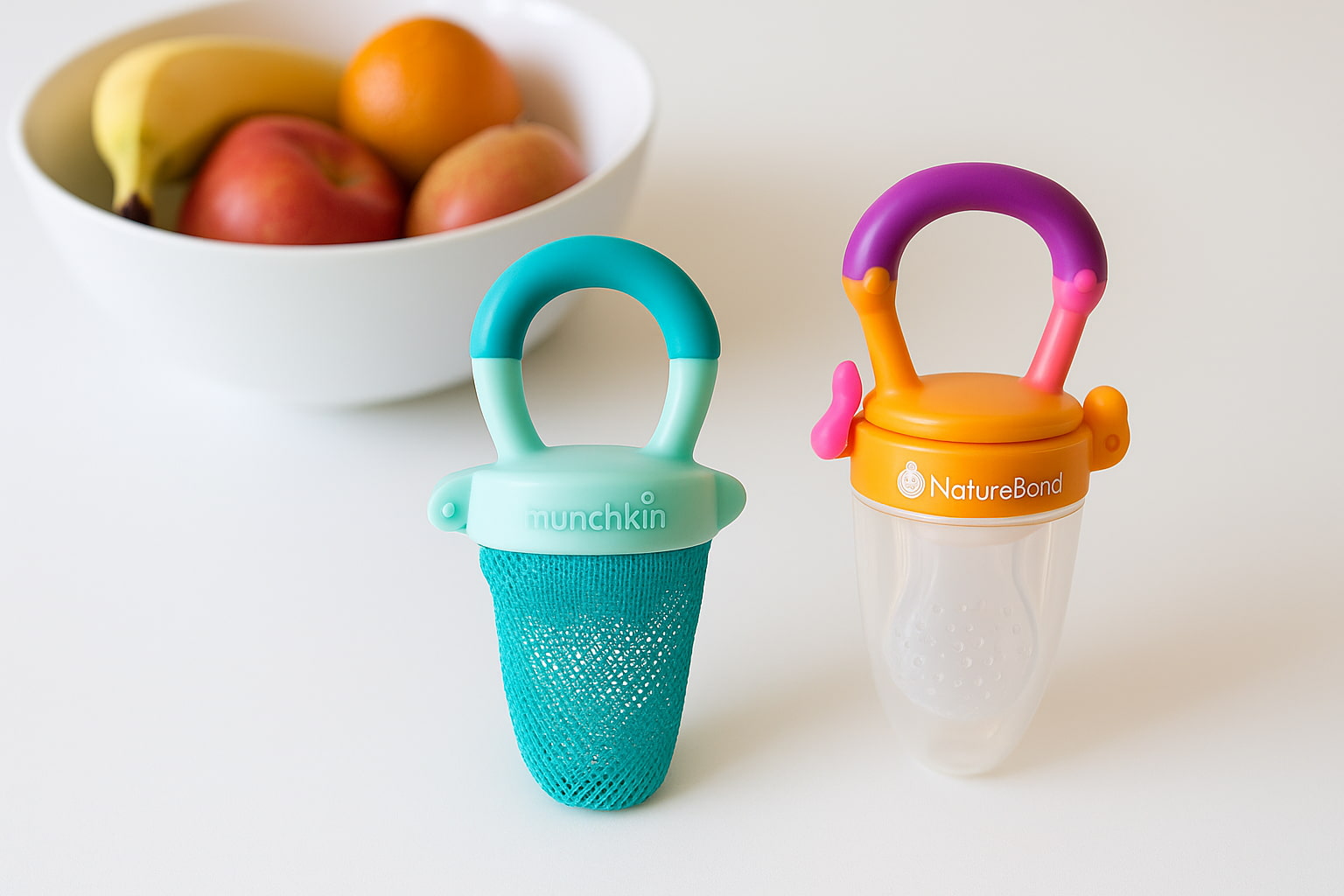If you’re like most new parents, you’ve probably stared at your car seat manual wondering if you’re doing it right.
That buckle… those straps… the recline line?
You’re not the only one; more than half of all car seats are put in wrong, even by careful and caring parents.
Here’s what we often hear from parents:
🔸 “Is it tight enough?”
🔸 “What’s the right angle for a newborn?”
🔸 “Can I use both the LATCH and seatbelt?”
In this guide, we’ll break down the common mistakes when installing car seats, why they matter, and how to fix them. You’ll walk away more confident and ready to protect your little one during every ride.
Let’s get started, because even small changes can make a huge difference.
🧷 Mistake #1: The Seat Isn’t Tight Enough
The number one error? Loose installation.
Your baby’s seat should move no more than an inch at the belt path when tugged.
Why It’s Risky:
A loose car seat can shift dramatically in a crash, reducing its protection.
What to Do:
✔️ When installing the seat, press it down with your body weight.
✔️ Check tightness only at the belt path (not the top of the seat)
✔️ Use either LATCH or a seatbelt, not both
Quick Tip: Do the “Inch Test.” If it moves more than an inch side to side or front to back, it needs tightening.
➡ Just getting started? Check out our Car-to-Home Safety Checklist for New Parents to make your first ride home worry-free.
⚠️ Mistake #2: The Recline Angle Is Off
Installing your baby’s car seat at the proper angle is crucial, especially for infants.
Why It’s Risky:
Too upright? Your infant may put their chin on their chest, which will make breathing more difficult for them.
What to Do:
✔️ Prior to checking, always park on a flat surface.
✔️ Use the base’s built-in reclining indicator.
✔️ Use a rolled towel or pool noodle if approved by your manual
Did You Know? Many car seats have color-coded recline guides to help you get it right without guessing.
🎯 Mistake #3: Harness Straps Are Twisted or Too Loose

The harness keeps your baby snug and protected, but only if it’s flat and tight.
Why It’s Risky:
Loose or twisted straps can lead to improper restraint during a crash.
What to Do:
✔️ Make sure the straps are straight and not twisted
✔️ Armpit level is the ideal position for the chest clip
✔️ Pinch the harness around the collarbone to perform the “Pinch Test”; if there is no flexibility, everything is fine.
➡ Want an easier strap setup? Our Review: Chicco KeyFit 35 Infant Car Seat highlights one of the easiest harness systems for new parents.
📍 Mistake #4: Wrong Position in the Car
For convenience, a lot of parents situate the seat on the side, but is this the safer posture?
Why It’s Risky:
While all rear seats are generally safe, the middle seat is statistically safest, if it fits properly.
What to Do:
✔️ Use the center position if LATCH or seatbelt allows
✔️ If using side seating, make sure side airbags are disabled if forward-facing
✔️ Always check your car seat and the vehicle’s instructions.
Remember: Placement matters almost as much as installation.
🗓️ Mistake #5: Ignoring the Car Seat’s Expiration Date
Yes, car seats expire, usually 6–10 years after manufacture.
Why It’s Risky:
Old car seats may not meet modern safety standards. Materials and plastic decompose with time.
What to Do:
✔️ Verify the seat label’s expiration date.
✔️ If you don’t know the entire background, stay away from hand-me-downs.
✔️ Register your car seat for recall notices
➡ Want a reliable, safe option? Our Review: Graco SnugRide SnugLock 35 breaks down one of the safest newborn seats available today.
🪑 Mistake #6: Installing With Both LATCH and Seatbelt
Some parents think using both systems is safer. It’s not.
Why It’s Risky:
The majority of seats undergo crash testing using either a seatbelt or LATCH, but not both. Using both can change how the seat performs in a crash.
What to Do:
✔️ After reading the car seat manual, select just one approach
✔️ If you’re unsure, consult a certified CPST (Child Passenger Safety Technician)\
✔️ Register your seat to stay updated with instructions or recalls
🧠 Fun Fact: How Much Safer Is Proper Installation?
According to NHTSA, proper car seat use reduces the risk of fatal injury by 71% for infants.
That number alone shows how vital correct installation is.
🚗 How to Avoid the Common Mistakes When Installing Car Seats

Let’s be real, car seat manuals can feel like a puzzle with no picture on the box. Even experienced parents make common mistakes when installing car seats, and most of the time, they don’t even realize it.
Here’s how to resolve that without giving it lots of thought:
✔️ Do the inch test: If the seat moves more than an inch at the base, it’s too loose.
✔️ Double-check the recline angle: Most newborns need that extra recline for airway safety.
✔️ Use either LATCH or a seatbelt, not both: This one trips up a lot of people!
✔️ Look for expired or secondhand seats: Always check the label and avoid compromised gear.
✔️ Harness tightness: The “pinch test” is your friend if you can pinch the strap, tighten it.
👶 Pro tip: The best install is the one you can do confidently every single time. Small habits = big safety.
✅ Final Thoughts: Take the Guesswork Out of Safety
Correct car seat installation isn’t about being perfect; it’s about being informed.

Just by knowing the most common mistakes and how to fix them, you’re already ahead of the curve.
Here’s what to remember:
- Secure the seat tightly using only one system (LATCH or seatbelt)
- Verify the harness fit and recline angle each time.
- Place the seat in your car as safely as you can.
👶 You’ve got this. With a few simple adjustments, you’ll ride with peace of mind knowing your baby is protected.
⚠ Disclaimer
This guide is for informational purposes only and does not replace expert safety advice. Always consult a certified CPST for personalized help.
✍️ By Find For Baby
We’re a team of safety-obsessed parents helping other parents choose smart gear and use it safely. So you can spend less time worrying and more time bonding.







